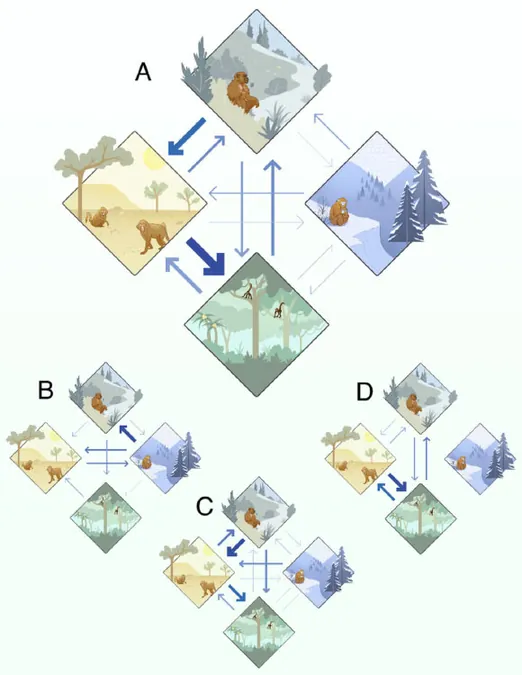
Shocking Revelation: Primates Thrived in Cold Climates Before Tropical Jungles!
2025-08-12
Author: Nur
The Surprising Origins of Primates
For years, we've been told that primates flourished in warm, tropical rainforests. Textbooks have backed this theory, drawing from fossil evidence primarily found in these sunny locales. But a groundbreaking study from the University of Reading flips this long-held belief on its head, suggesting that our primate ancestors actually thrived in the frigid climates of cold North America!
A Twist in the Evolutionary Tale
Led by researcher Jorge Avaria-Llautureo, this innovative research employed sophisticated statistical modeling and fossil analyses to reconstruct ancient habitats. Their findings reveal that the first primates weren't lounging in lush jungles; they originated from cold, seasonal environments with hot summers and frigid winters.
Dr. Avaria-Llautureo remarked, "For decades, the idea that primates evolved in warm, tropical forests has gone unquestioned. Our findings flip that narrative entirely!" Understanding how these ancient primates adapted to harsher climates could provide insights into how modern species might cope with today's climate challenges.
Survival of the Fittest: Adapting to Change
The study highlights how agile primates that could travel longer distances during climate shifts had a significant survival advantage. Those who were mobile—traveling an impressive average of 561 km—were better equipped to thrive in stable conditions, unlike their more stationary counterparts who stuck to unstable climates and only traveled about 137 km.
Winter Survival Strategies Uncovered
Fascinatingly, early primates likely employed strategies akin to modern hibernation. Much like bears today, they may have slowed their metabolism and taken long, restful sleeps during the harsh winters to conserve energy. A glimpse into this survival tactic can be seen in smaller primates like Madagascar's dwarf lemurs, who burrow underground to escape the cold for months.
The Journey to Tropical Forests
Primates didn’t just waltz into tropical paradises; they embarked on a remarkable journey from cold habitats to milder climates, then onward to dry deserts, and finally, the vibrant jungles we associate with them today. This migration was crucial; rapid environmental changes pushed them to explore new territories, paving the way for the emergence of new species.
The Impact on Primate Diversity
As the study indicates, ancient non-tropical environments imposed substantial challenges that favored primates capable of greater dispersion. This adaptability was key to their expansion into diverse climates—culminating in their eventual colonization of tropical zones millions of years later.
The research was published on August 5 in the prestigious Proceedings of the National Academy of Sciences, heralding a new chapter in our understanding of primate evolution.

 Brasil (PT)
Brasil (PT)
 Canada (EN)
Canada (EN)
 Chile (ES)
Chile (ES)
 Česko (CS)
Česko (CS)
 대한민국 (KO)
대한민국 (KO)
 España (ES)
España (ES)
 France (FR)
France (FR)
 Hong Kong (EN)
Hong Kong (EN)
 Italia (IT)
Italia (IT)
 日本 (JA)
日本 (JA)
 Magyarország (HU)
Magyarország (HU)
 Norge (NO)
Norge (NO)
 Polska (PL)
Polska (PL)
 Schweiz (DE)
Schweiz (DE)
 Singapore (EN)
Singapore (EN)
 Sverige (SV)
Sverige (SV)
 Suomi (FI)
Suomi (FI)
 Türkiye (TR)
Türkiye (TR)
 الإمارات العربية المتحدة (AR)
الإمارات العربية المتحدة (AR)